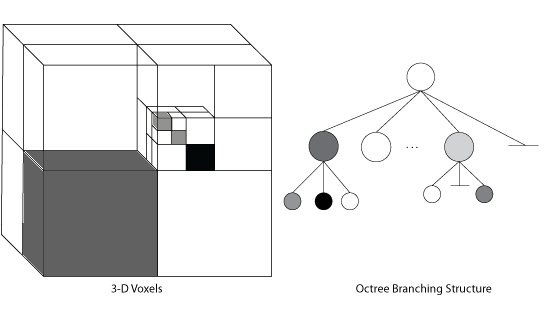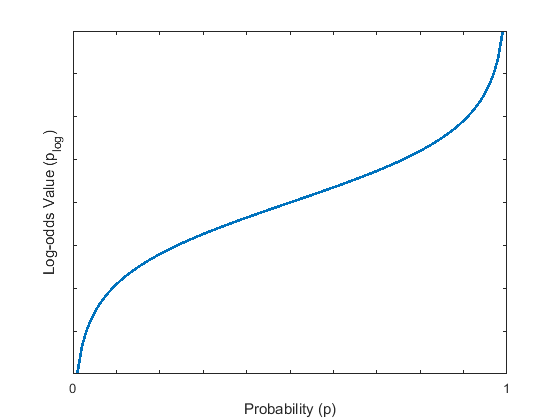occupancyMap3D
Crea una mappa di occupazione 3D
Descrizione
L'oggetto occupancyMap3D memorizza una mappa 3D e informazioni sulla mappa. La mappa viene memorizzata sotto forma di valori probabilistici in una struttura dati octree. La classe gestisce ambienti arbitrari e amplia dinamicamente le sue dimensioni in base agli input di osservazione. È possibile aggiungere osservazioni come nuvole di punti o come posizioni xyz specifiche. Queste osservazioni aggiornano i valori di probabilità. I valori probabilistici rappresentano l'occupazione delle posizioni. La struttura dati octree riduce opportunamente i dati per mantenerli efficienti sia in memoria che su disco.
Creazione
Descrizione
omap = occupancyMap3D
omap = occupancyMap3D(res)Resolution.
omap = occupancyMap3D(res,Name,Value)"FreeThreshold",0.25 imposta la soglia per considerare le celle prive di ostacoli come un valore di probabilità pari a 0,25.
Proprietà
Funzioni oggetto
checkOccupancy | Check if locations are free or occupied |
getOccupancy | Get occupancy probability of locations |
inflate | Inflate each occupied location |
insertPointCloud | Insert 3-D points or point cloud observation into map |
rayIntersection | Find intersection points of rays and occupied map cells |
setOccupancy | Set occupancy probability of locations |
show | Display 3-D occupancy map |
updateOccupancy | Update occupancy probability at locations |
Esempi
Algoritmi
Riferimenti
[1] Hornung, Armin, Kai M. Wurm, Maren Bennewitz, Cyrill Stachniss, and Wolfram Burgard. "OctoMap: an efficient probabilistic 3D mapping framework based on octrees." Autonomous Robots 34, no. 3 (April 2013): 189–206. https://doi.org/10.1007/s10514-012-9321-0.
Funzionalità estese
Cronologia versioni
Introdotto in R2019b
Vedi anche
Oggetti
Funzioni
checkMapCollision|insertPointCloud|inflate|setOccupancy|show|rosReadOccupancyMap3D(ROS Toolbox)
![Figure contains an axes object. The axes object with title Occupancy Map, xlabel X [meters], ylabel Y [meters] contains an object of type patch.](create3doccupancymapandinflatepointsexample_01_it.png)
![Figure contains an axes object. The axes object with title Occupancy Map, xlabel X [meters], ylabel Y [meters] contains an object of type patch.](create3doccupancymapandinflatepointsexample_02_it.png)
![Figure contains an axes object. The axes object with title Occupancy Map, xlabel X [meters], ylabel Y [meters] contains an object of type patch.](create3doccupancymapandinflatepointsexample_03_it.png)

